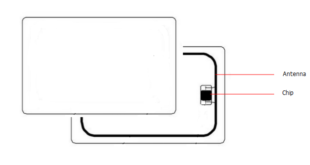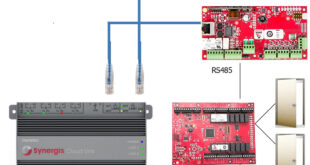At a first glance, access control would be a card reader that unlocks a door. However, it is much more elaborated than any could imagine.
It sets all the door properties and behavior. It recognizes the door status and the events related to it. Then, it reacts by informing and preventing. It is much more than keys and locks.
In this article, I will walk you through the door behavior configuration. It is an access control function. It consists of control the door responses to all kinds of situations: opening, closing. Locking, unlocking. Held open. Forced … etc.
Door properties and behavior
Many devices allow to know the door status. Thus, the system knows the normal situation and the alarm situation. In addition to the trouble situation. Consequently, it gives an alert or a report.
The following are the door properties that we can configure :
- Standard grant time
It is the amount of time the door is unlocked after the access granted event is generated.
- Extended grant time
The granted time could be extended for certain cardholders. For example, people with reduced mobility.
- Door relock
We can specify when to re-lock the door after access has been granted.
- Door held open
It sends an alert to let know that a door is not relock. A system expects the door to close within the grant time.
- Door forced
It triggers an event to alert when a door is forced to open. The normal opening of the door is after access granted or a Request to exit detection.
- Anti passback
Avoids multiple consecutive entries with the same card. Therefore, that prevents a user from passing his card for another behind him.
- Access level
All users will have the same cards. But not the same accesses. Because each card has its access level. As a result, every user has only access to areas he is allowed to.
Read more about Door status and events
And read our post : Door alarms

